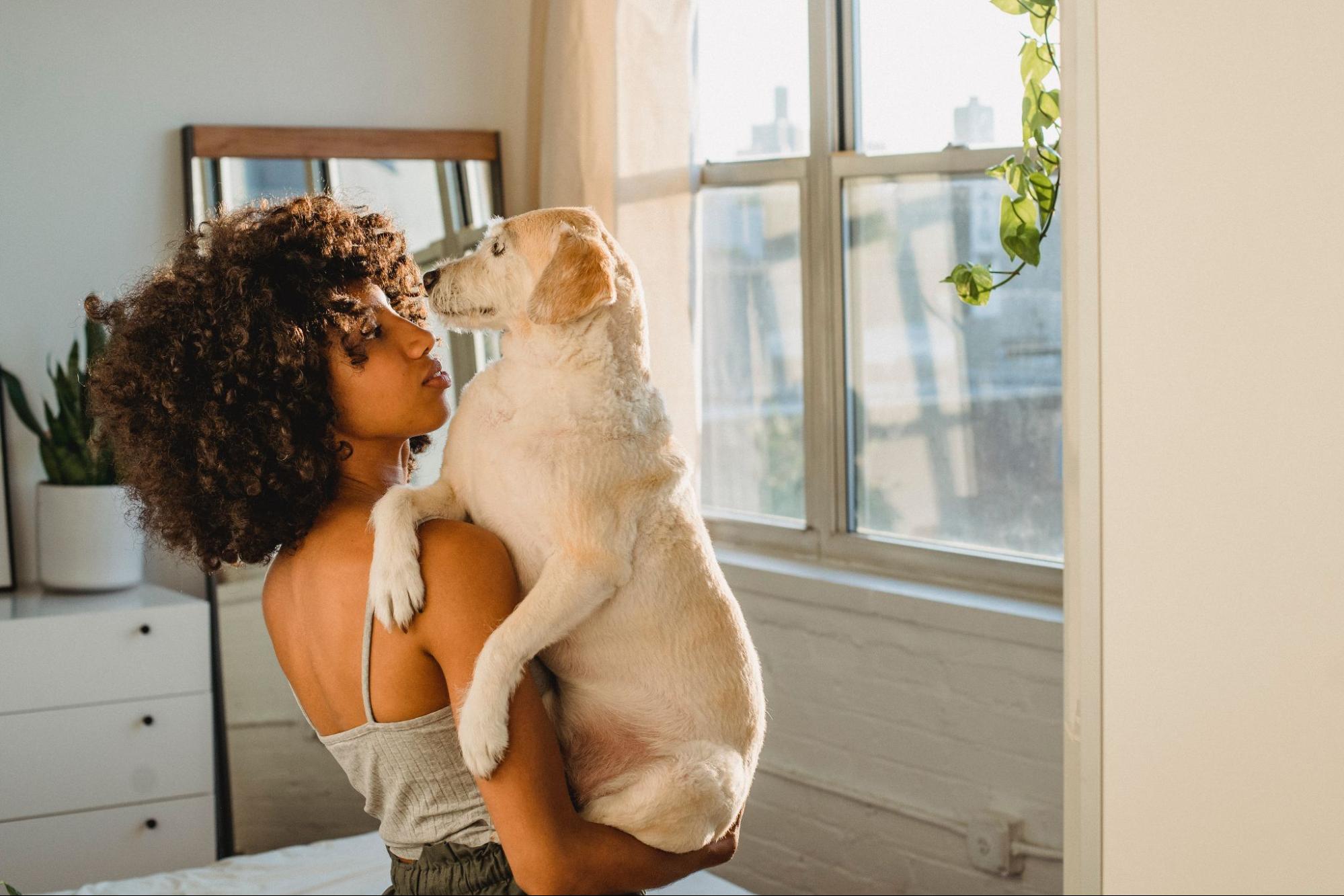How to Teach a Dog to Not Chew Everything
Have you ever wondered, “How do I teach my dog to not chew everything?” If your Labrador is turning your home into a chew toy paradise, don’t worry. You’re definitely not alone in this struggle. Many pet owners face the same problem and are desperate for solutions. The good news? It’s entirely possible to curb that chewing behavior once and for all.
Chewing is natural for Labs. They have an innate need to gnaw on things, but when it becomes destructive to your household items or potentially harmful to them (think swallowing pieces of toys), it’s time for some serious intervention. Teaching your Lab not to chew on everything requires patience and consistent training methods.
Among these methods, chewing deterrents play a crucial part in controlling their destructive tendencies. Chewing deterrents can range from bitter sprays applied on unwanted chew targets, like furniture or shoes, to specific toys designed to satisfy their gnawing needs safely. But remember, they aren’t quick fixes – they work best when combined with proper training and understanding the root cause of excessive chewing. So let’s dive right into how we can redirect that energy of our beloved Labs towards healthier habits!
Understanding Your Labrador’s Chewing Habits
Let’s face it, Labradors love to chew. It’s not just a mere preference, it’s hardwired into their canine DNA. As pet parents, it’s crucial for us to understand why our beloved Labs engage in this behavior and how we can guide them towards appropriate chewing habits.
In the puppy stage, much like human babies, Labradors chew as a way to alleviate teething discomfort. But don’t be fooled into thinking that once they’ve got their adult teeth, the chewing will stop. Nope! For adult Labs, chewing serves multiple purposes – from keeping their jaws strong to cleaning their teeth and even combating boredom.
Now let’s break down some factors that might lead your Lab to view your favorite pair of shoes as an irresistible chew toy:
- Boredom: If I’m not giving my Labrador enough attention or physical activity, he might turn to chewing as a source of entertainment.
- Anxiety: Dogs often resort to excessive chewing when they’re stressed or anxious. Separation anxiety is a common trigger for destructive chewing among Labradors.
- Insufficient nutrition: Sometimes the culprit behind obsessive chewing can be an inadequate diet. My dog may start gnawing on non-food items if he isn’t getting enough nutrients from his meals.
So what can be done about these behaviors? Well, knowing the underlying reasons helps you address each one appropriately. Remember that teaching your dog not to chew everything doesn’t mean suppressing this natural instinct altogether but rather redirecting it towards acceptable objects like durable chew toys specifically designed for dogs. We’ll dive deeper into this topic in upcoming sections where I’ll share effective tips on how you can use deterrents and training techniques effectively with your Labrador.
Decoding the Reasons Behind Chewing
In a bid to understand how to teach a dog not to chew everything, it’s critical we first decode why dogs, especially Labradors, have this chewing habit. Primarily, puppies chew as part of their teething process. But in older dogs like our adult Labs, it can be a sign of boredom or anxiety.
Let’s start by focusing on Labrador pups. Like human babies, when their teeth start pushing through gums it can cause discomfort. They find relief in gnawing on things – anything and everything within reach! So if your little furball is going through its teething phase, that could explain the sudden love for chewing.
As for the grown-up Labradors, sometimes they just need an activity to kill time. They’re energetic dogs after all! If you’ve been out all day and your pet has had nothing much to do other than laze around, don’t be surprised if you come home to see your favorite pair of shoes reduced to shreds.
However, there are times when excessive chewing indicates stress or anxiety in Labradors. Our furry friends might turn destructive when they’re anxious or distressed about something – maybe a change in environment or absence of a family member.
That being said, here’s an interesting piece of information:
- Chewing is also instinctual. Dogs use their mouths like we use our hands – exploring new objects by tasting them!
In summary:
- Puppies chew during their teething phase
- Adult Labradors may chew due to boredom
- Anxiety can lead dogs into increased chewing habits
- Chewing is an instinctual behavior common among most canine species
Decoding these reasons behind chewing is our first step towards understanding how to teach our Labs not to destroy every object in sight with their playful gnawing habits.

Age Factor in Labrador’s Chewing Pattern
I’ve often found that a Labrador’s chewing pattern is greatly influenced by their age. Puppies, for instance, are notorious chewers. They’ll nibble on anything they can get their tiny paws on – toys, shoes, even your favorite couch cushions! It’s their way of exploring the world around them and alleviating the discomfort of teething.
During this phase, it’s essential to teach your Lab not to chew everything in sight. I recommend providing an array of safe and stimulating chew toys. These not only divert your pup’s attention from household items but also cater to their natural instinct to gnaw.